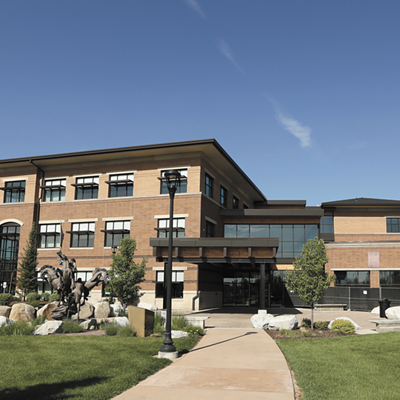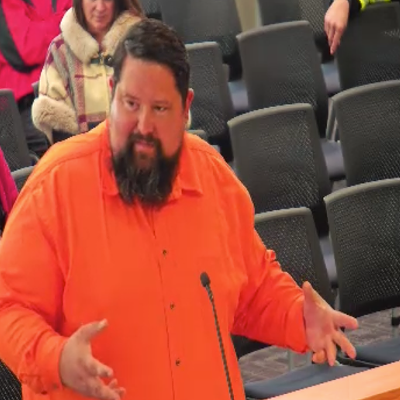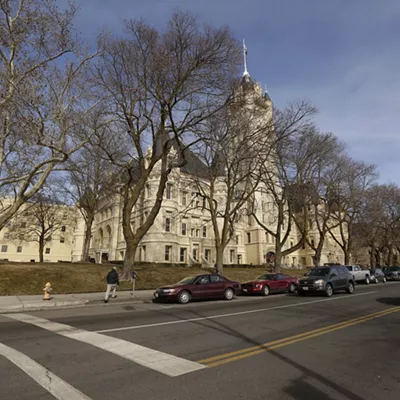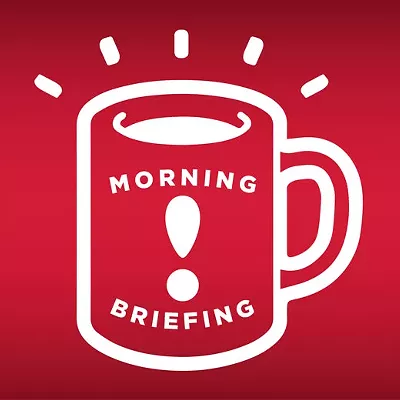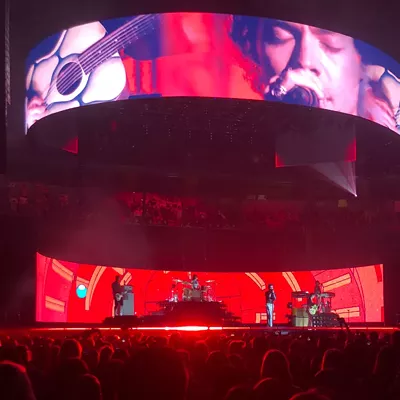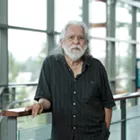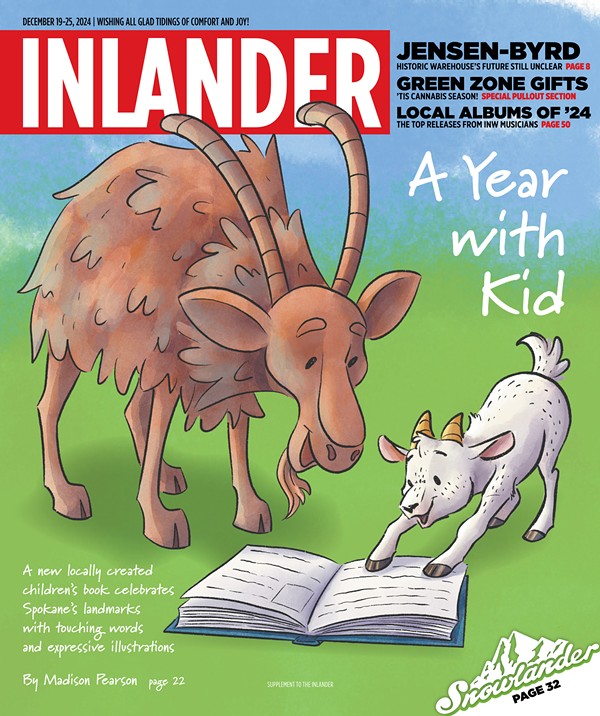Friday, November 25, 2016
Study: Students easily tricked by fake or biased news
It's not only adults who have trouble judging fake news from real news. Students, even if they're more digital-savvy than adults, often are duped by sponsored or politically biased content, too, according to a new Stanford study.
Stanford researchers collected responses to more than 50 tasks from 7,804 students across 12 states between January 2015 and June 2016. The study, released this week, came to the conclusion that middle school, high school and college students are easily tricked into thinking sponsored content is news or fail to see how political bias can influence content. Researchers described students' ability to discern information on the internet as "bleak."
"Our 'digital natives' may be able to flit between Facebook and Twitter while simultaneously uploading a selfie to Instagram and texting a friend. But when it comes to evaluating information that flows through social media channels, they are easily duped," the study says.
Inlander contributor Scott A. Leadingham wrote about the spread of fake information on social media in last week's paper. On Facebook, for example, a fake story about Megyn Kelly being fired from Fox News for supporting Hillary Clinton became a "Trending Topic" on the social media site.
As part of the Stanford study, students were asked to evaluate two Facebook posts announcing Donald Trump's candidacy for president — one from Fox News, another from an account that looked like Fox News. Only a quarter of students recognized the difference, and nearly a third argued the fake account was more trustworthy because of the way it looked.
In another task, middle school students evaluated the homepage of Slate. While students could differentiate a traditional ad from a news story, more than 80 percent believed a native ad that was identified as "sponsored content" was a real news story.
Or there's this exercise, in which students were shown a picture of daisies that were deformed. The website said it was the result of a nuclear disaster, though the photo had no attribution. In an interview with NPR, Sam Wineburg, lead author of the report, described what happened next.
And we asked students, is — does this photograph provide proof that the kind of nuclear disaster caused these aberrations in nature? And we found that over 80 percent of the high school students that we gave this to them had an extremely difficult time making that determination. They didn't ask where it came from. They didn't verify it. They simply accepted the picture as fact.The study also found that college students had difficulty evaluating website credibility. College students, researchers found, had little skepticism of websites with high production values, or polished "About" pages.
Wineburg says the research could help schools develop digital literacy curriculum.
"As recent headlines demonstrate, this work is more important now than ever," Wineburg said in a statement. "In the coming months, we look forward to sharing our assessments and working with educators to create materials that will help young people navigate the sea of disinformation they encounter online."







